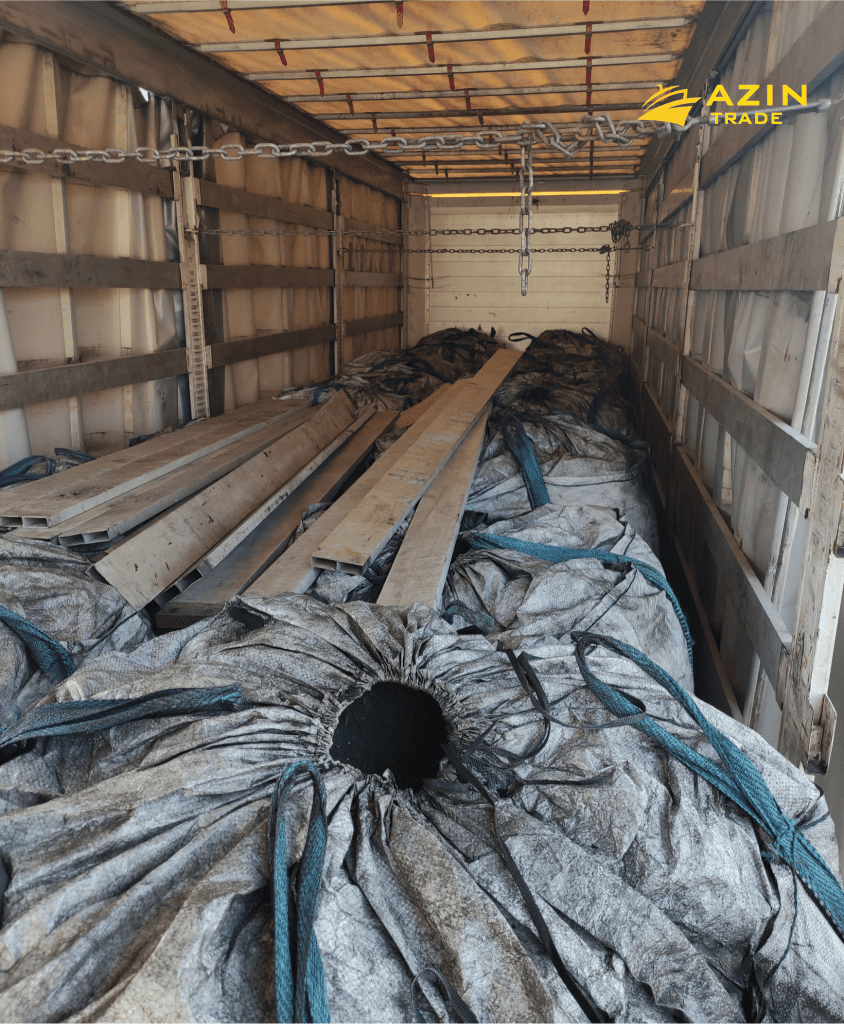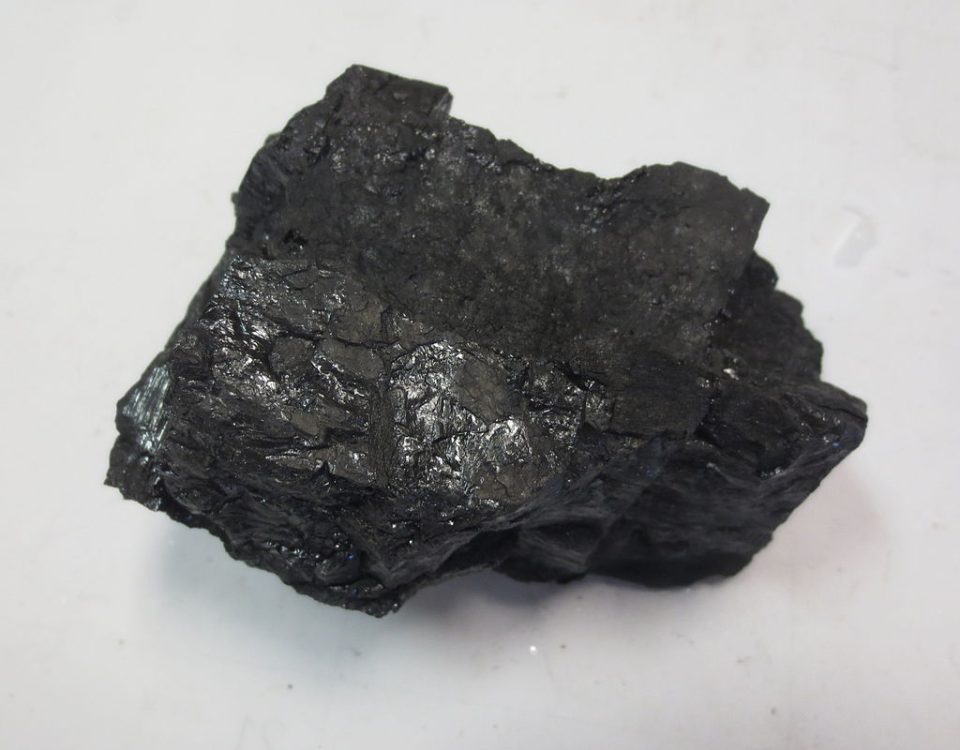
What is Coal? A Comprehensive Exploration
Coal, a fossil fuel formed from organic matter over millions of years, plays a pivotal role in global energy production and industrial processes. This in-depth exploration delves into the origins, types, extraction methods, environmental impact, and economic significance of coal, shedding light on its multifaceted role in today’s world.
Origins and Formation
Coal originates from ancient plant material accumulated in swamps and peat bogs during geological eras, primarily the Carboniferous period. Over millions of years, the organic material underwent heat and pressure, transforming into different types of coal based on carbon content and maturity levels.
Types of Coal
- Anthracite: High-grade coal with the highest carbon content and low moisture, prized for its efficiency and relatively clean burning.
- Bituminous: The most abundant type globally, known for its versatility in industrial applications and electricity generation.
- Sub-bituminous: Lower carbon content than bituminous coal, often used in power plants due to its lower sulfur content.
- Lignite: The lowest rank of coal, containing high moisture and lower energy content, widely used in electricity generation.
Global Distribution and Reserves
Coal reserves are distributed worldwide, with major deposits in countries like the United States, China, India, and Australia. The accessibility and quality of coal reserves influence global energy policies and economic strategies, shaping regional energy security and industrial development.
Extraction and Mining Techniques
Coal extraction involves surface mining and underground mining techniques:
- Surface Mining: Includes methods like strip mining and mountaintop removal, effective for accessing shallow coal seams but often raising environmental concerns.
- Underground Mining: Techniques such as room and pillar mining and longwall mining are used to access deeper coal deposits, with considerations for worker safety and environmental impacts.
Environmental Impact and Sustainability
The coal industry faces scrutiny due to its environmental footprint:
- Air Pollution: Burning coal releases pollutants like sulfur dioxide, nitrogen oxides, and particulate matter, contributing to air quality issues and respiratory health concerns.
- Greenhouse Gas Emissions: Coal combustion emits carbon dioxide, a major contributor to global warming and climate change.
- Water and Land Impacts: Mining operations can impact water quality and quantity, and land disturbance affects ecosystems and communities.
Technological Advancements and Clean Coal Technologies
In response to environmental challenges, innovations in clean coal technologies aim to reduce emissions:
- Carbon Capture and Storage (CCS): Captures carbon dioxide emissions from power plants and stores them underground to mitigate climate impacts.
- Efficiency Improvements: Upgrades in combustion technologies and power plant efficiency enhance energy output while reducing emissions.
Economic Significance and Energy Transition
Coal remains a crucial energy source for electricity generation and industrial processes globally. However, shifting energy policies and growing renewable energy investments signal a transition away from coal towards cleaner alternatives, impacting global energy markets and economic landscapes.
Future Outlook and Challenges
The future of coal hinges on balancing energy demands with environmental and sustainability goals:
- Energy Security: Coal continues to provide energy security for many nations, particularly in regions with abundant reserves.
- Diversification and Innovation: Investments in renewable energy sources and energy storage technologies contribute to a diversified energy mix.
Conclusion
In conclusion, coal is a complex fossil fuel with profound historical, economic, and environmental implications. As global energy systems evolve, understanding coal’s role in energy transitions and sustainable development is crucial for shaping future energy policies and mitigating environmental impacts.




